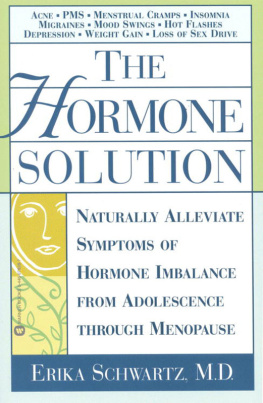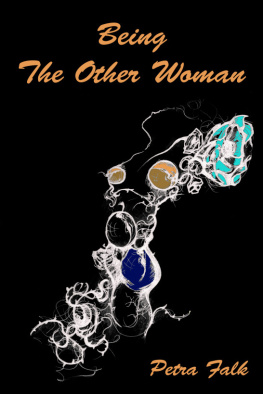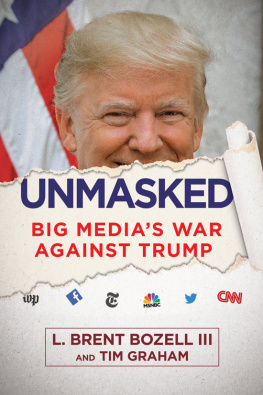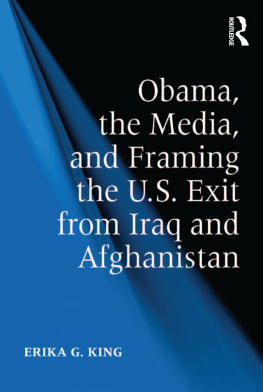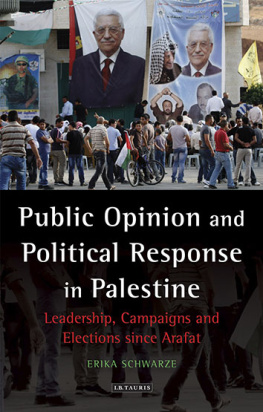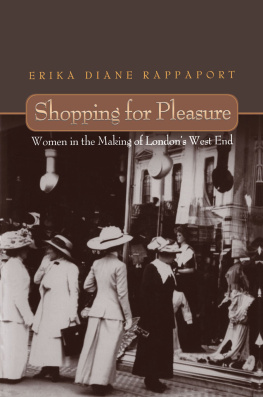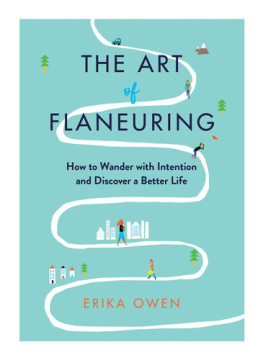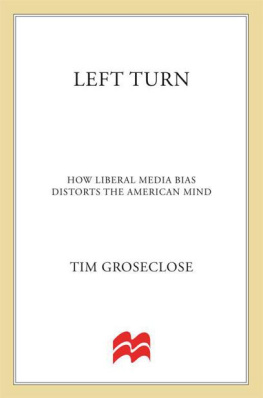2010 by Erika Falk
All rights reserved.
Manufactured in the United States of America
P 5 4 3 2 1

This book is printed on acid-free paper.
Library of Congress Cataloging-in-Publication Data Falk, Erika.
Women for president : media bias in nine campaigns / Erika Falk. 2nd ed.
p. cm.
Includes bibliographical references and index.
ISBN 978-0-252-07691-6 (pbk. alk. paper)
1. Women presidential candidatesUnited States.
2. JournalismObjectivityUnited States.
3. Sex rolePolitical aspectsUnited States.
I. Title.
HQ1391.U5F35 2010
324.9730082dc22 2009014548
Portions of this book previously appeared in E. Falk and K. H. Jamieson, Changing the Climate of Expectations, in AnticipatingMadam President, edited by Robert P. Watson and Ann Gordon, 4351; copyright 2003 Lynne Rienner Publishers; used with permission. K. Kenski and E. Falk, Of What Is That Glass Ceiling Made? A Study of Attitudes about Women and the Oval Office, Women and Politics 26 (4): 5780 (2004). E. Falk and K. Kenski, Issue Saliency and Gender Stereotypes: Support for Women as Presidents in Times of War and Terrorism, Social Science Quarterly 87 (1): 118 (2006). E. Falk and K. Kenski, Sexism and Partisanship: A New Look at the Question of Whether America Is Ready for a Woman President, Sex Roles 54 (7/8): 41328 (2006); used with kind permission of Springer Science and Business Media, Klewer Academic Publishers.
INTRODUCTION
In January 2007, Senator Hillary Clinton declared her intention to seek the White House and in doing so entered the race as a front-runner for the Democratic Party nomination. A December 2006 poll by the Gallup Organization reported that respondents named Senator Clinton most often (33 percent) as their choice for the Democratic nomination. Senator Barack Obama, who entered the race four days before Clinton, was named second (20 percent). Even though Clinton polled better than Obama, in the month in which both candidates announced they would run for president the top six circulating newspapers in the United States ran fifty-nine stories that mentioned Obama in their headlines, and just thirty-six mentioned Clinton.
That the press seemed biased against a woman running for president was not surprising. In fact, historical trends show that women candidates for president consistently receive less press coverage than equivalent men running in the same races. What was surprising was that such a disparity was present when the woman was the front-runner and that such a pattern, manifest in press coverage since 1884, still held in 2007. Of course, it was not the first time a prominent and qualified woman had run for president and been treated poorly in the press.
In May 1999, Robert Dole, the husband of the Republican presidential candidate Elizabeth Dole, was interviewed in the New York Times (Berke 1999). In the course of that now famous interview, Bob Dole told the reporter he wanted to contribute to the campaign of [rival Republican candidate] Senator John McCain. When given the opportunity to predict that his wife and not the front-runner, George W. Bush, was going to win, he instead said of Bush, Hes in a strong position, no question about it. In response to a question about why, when as a candidate, he had never memorized his speeches as Elizabeth Dole did, he noted that given his decades in the Senate and service as majority leader he had always felt comfortable discussing issues, implying that his wife did not. If such a dismal portrayal by a spouse of a presidential candidate was ever previously printed in the press, it is not widely known.
In presidential campaigns, media portrayals are particularly important. Unlike lower-level races, in which interpersonal contact plays a central role, most of what constituents know about any candidate in a presidential contest is learned from the media. The press plays an integral role in a campaign by framing, shaping, ignoring, or presenting the candidates to the public. More important, how the press portrays and treats candidates may affect who later decides to be a candidate. Although media reports about a candidate vary, and people draw upon very different experiences and ideas in interpreting them, consistencies and patterns can have important effects. One of the most important potential effects of media coverage of campaigns may be its influence on political participation. Depending on the content, the media can either encourage people to participate, engage, and become interested in the political process, or determine that the political sphere is not for them.
The early data on press coverage of Clintons announcement is a single example of press bias against a woman candidate, and the New York Times article on Bob Doles feelings about Elizabeth Doles candidacy is a single example in which a candidate is portrayed as not very viable. When multiple reports and newspapers consistently shortchange women or invite the same negative inferences, the candidate and her supporters may be justifiably concerned. Being ignored by the press or being portrayed as a loser almost certainly becomes prophecy. When those media patterns involve classes of people and persist across time, however, the concern is not only for a particular candidate but also for society at large. If we find that the press tends to treat women in general, not just Hillary Clinton and Elizabeth Dole, less seriously than similar men, then the pattern undermines the chances of individuals and also deters women from believing they will be successful should they run. More important, it calls into question the modern democratic assumption that men and women have comparable access to positions of power.
The ideas that almost everything known about national candidates is imparted through the media and that systematic bias can have important social effects led me to conduct this study of how newspapers portray the women who run for president. In conducting this research, I asked three questions. First, is there evidence of subtle or overt ways in which the press may have advantaged men or women candidates? Second, does the press mitigate or perpetrate stereotypes and gender roles, particularly ones that concern political women? Third, could the way the press covers women candidates affect whether women decide to run for office? Answering these questions is important to understanding how the press may affect women who run for president or other offices (or who decide not to).
The first woman to be a candidate for the presidency was Victoria Woodhull, who ran in 1872 on the Equal Rights Party ticket. Since that time about fifteen American women have gained the nomination of their parties. Many more (about a hundred) have sought but not obtained their partys nomination, including approximately fifty who have sought nomination from the Republican or Democratic parties (Havel 1996). Most did little to advance their cases; they were unknown and received no press coverage. Among them, however, were those who, given different circumstances, might have become president, including multiterm members of Congress, cabinet members, ambassadors, women on the ballot in all of the states, and women receiving Federal Primary Matching Funds (FPMF). These are the women selected for this study. Despite the fact that they campaigned and received press coverage, they have been, like most losing candidates, lost to history.



 This book is printed on acid-free paper.
This book is printed on acid-free paper.



